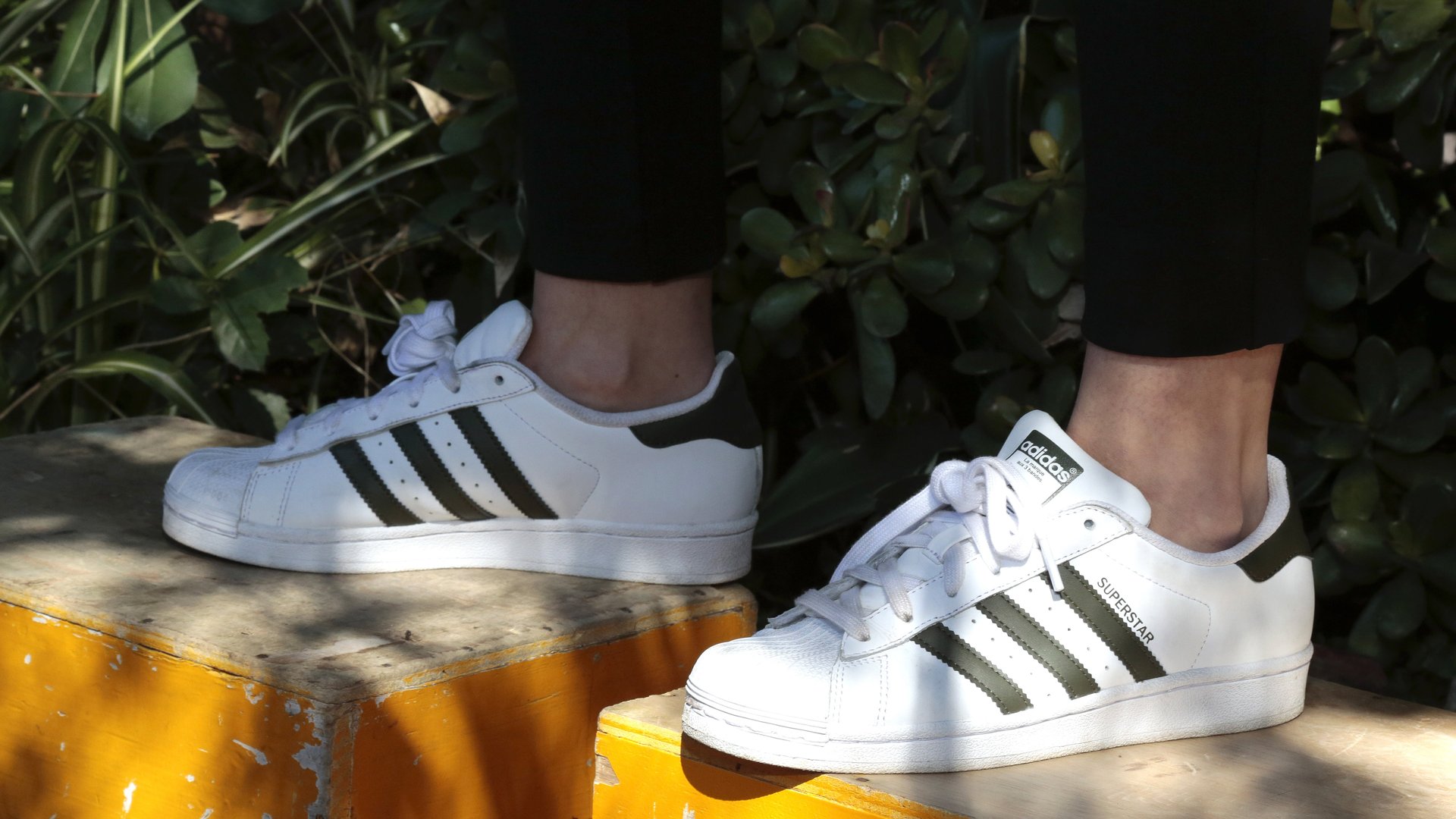Adidas’ old-school style is winning a new generation of customers
They’re everywhere: Adidas Stan Smiths and Superstars in all their simple, stripped-down glory. Walk around a city such as New York, or check out street-style photos from around the globe, and you’re bound to see them.


They’re everywhere: Adidas Stan Smiths and Superstars in all their simple, stripped-down glory. Walk around a city such as New York, or check out street-style photos from around the globe, and you’re bound to see them.
For each pair on a pair of feet, a bit more is added to Adidas’ bottom line. The company is on a roll. The German footwear brand just raised its annual profit forecast for the second time this year, after a jump in first-quarter earnings surpassed analysts’ expectations. Previously it forecast 2016 sales would grow 10% to 12% over last year; now it’s predicting a 15% bump. That optimism comes from performance across the board, but Adidas’ old-school sneakers continue to be a particularly bright spot.
Just recently Adidas revealed that the shell-toed Superstar, which launched in 1969 and brought hip-hop sneaker culture to life through rappers Run D.M.C., was by far its biggest hit of 2015. It sold 15 million pairs, completely overshadowing any contribution from Kanye West’s much-hyped, but very limited, collaboration with the company. Fewer than a million pairs of West’s sneakers were even made.
Meanwhile, the Stan Smith, which debuted in 1963 but didn’t get Smith’s name until 1971, has become a mainstream favorite, after being a staple of the fashion community for years. Adidas engineered that popularity, according to Jon Wexler, Adidas’ marketing director. About five years ago, the company stopped producing them, which pumped up the exclusivity of the pairs still floating around. When it relaunched the sneakers in 2014, Adidas played up their association with high-profile fashion influencers, such as Raf Simons, who has a Stan Smith line, and singer Pharrell Williams.
The move worked perfectly. ”We knew three and a half years before we did step one what would happen,” Wexler said, calling it a “classic model of a trend continuum actually working.” Stan Smiths have been selling since.
Adidas’ old-school momentum isn’t showing any signs of slowing. As a category, retro sneakers are currently one of the top performers in the US, the world’s biggest sportswear market, and Adidas is leading it. According to Matt Powell, the sports industry analyst at research firm NPD Group, Adidas’ sales were up by more than 50% in March, and it led Nike in lifestyle running (meaning non-performance sneakers) and classics.
Sales of classics and lifestyle sneakers such as the ZX Flux helped Adidas lift its US market share up from 4.8% to 7%. For the first time in years, investors believe the company should be as richly valued as Nike, and Adidas’ stock is trading at a premium to its rival.
Another positive sign: Adidas is also increasingly popular among teens. In its most recent semi-annual survey, investment firm Piper Jaffray found that, while it still trails Nike, Adidas is one of the hottest brands in the sports market among upper-income teens. A new generation is discovering their Adidas.